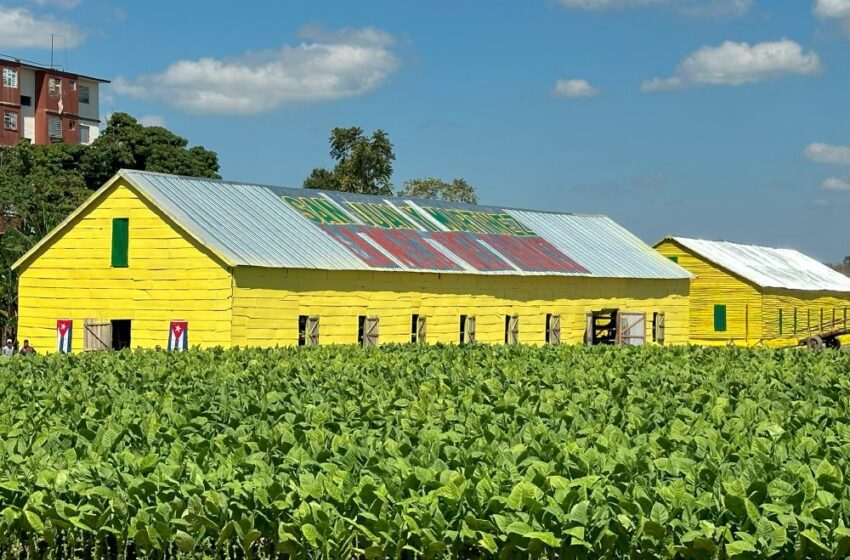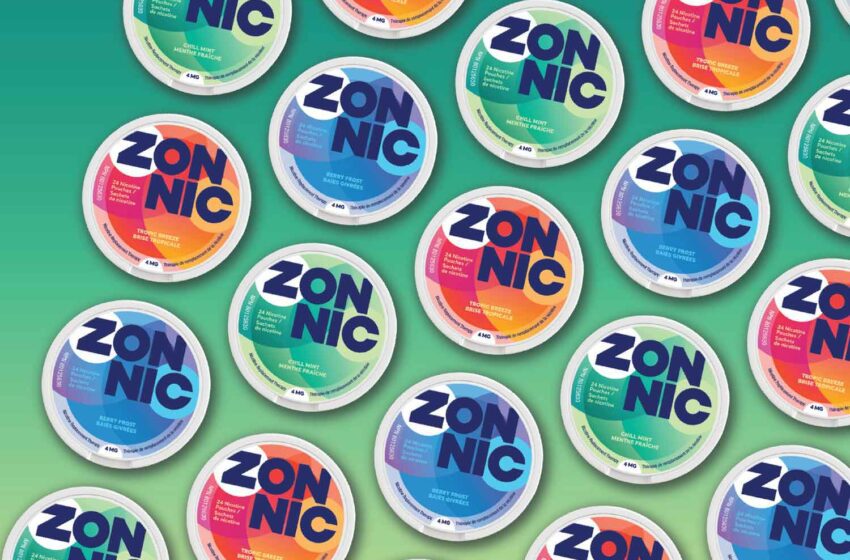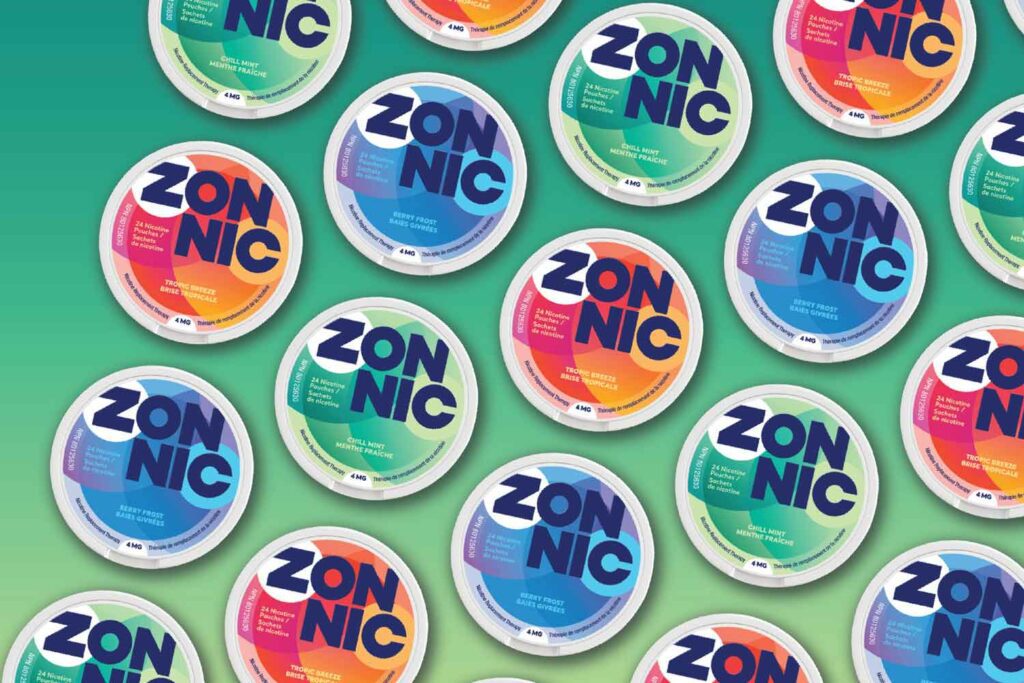
A supplier of product labeling solutions claims its technology had helped shrink the Russian illicit cigarette market by a quarter.
By Marissa Dean
The black market and illicit trade are hot topics. Confronted with ever-rising taxes, consumers of tobacco products in many markets are increasingly tempted by more affordable black market offerings. Many places are adjusting and implementing technologies and processes to help curb black market trade. Russia is one of these areas, having recently been listed by the World Health Organization among the countries with policies providing the highest level of protection for its citizens from tobacco.
During a side event at the third Meeting of the Parties (MOP3) to the Protocol to Eliminate Illicit Trade in Tobacco Products, officials gave a presentation on Russia’s Chestny ZNAK track-and-trace system. The event, which took place on Feb. 13 in Panama, was aimed at familiarizing the parties “with proven approaches to ensuring traceability of tobacco products in accordance with Article 8 of the protocol,” according to Revaz Yusupov, deputy general director for the Center for Research in Perspective Technologies (CRPT) in Moscow. “Special attention during the presentations was given to the impact of the system on reducing the illicit tobacco trade in Russia. Representatives from Nigeria, Brazil and Panama were present at the event, facilitating discussions on the potential implementation of the system in their respective countries.”
Introduced by the CRPT in 2019, the Chestny ZNAK system tracks items from production to real-time sales. According to Yusupov, the system is the first of its kind globally. “The fundamental approach involves assigning a unique digital data matrix code to each product,” explained Yusupov. “This code undergoes scanning at every stage, spanning from production to sale. The entire product journey is traced through electronic document management and online cash registers, mandated by law across the country.”
Products with the assigned digital codes are deemed legal, complying with all requisites and documentation. Attempting to illegally introduce goods into the Russian market without proper documentation and labeling is “impractical,” according to the CRPT, because of the success of the Chestny ZNAK system—the digital codes are safeguarded by cryptographic protection, which makes forgery impossible.
The information about the products within the system is tamper-proof as well, according to the CRPT, and the system blocks the sale of expired goods or goods lacking proper documentation. Currently, 667,000 companies and individual entrepreneurs use the system, which boasts a processing capacity exceeding 350,000 operations per second (“surpassing that of Uber or Netflix,” said Yusupov) and a data volume of nearly 100 petabytes.
The Chestny ZNAK system isn’t specifically for tobacco products, though it has been successful in curbing the illicit tobacco market. The system can be used across goods, and it has been implemented in 16 categories of goods, including dairy products, water, clothing, footwear, perfumes, tobacco, medicines, beer and low-alcohol beverages, biologically active additives, antiseptics, medical products, soft drinks and juices, wheelchairs and children’s water, according to the CRPT. When asked about how the system works across goods, Yusupov stated that “The implementation process kicks off with pilot tests for each product category. While participation is not mandatory, it is in the business’ interest as it provides an opportunity to prepare equipment and practice with free Data Matrix codes. Workgroups are formed, comprising representatives from both the business sector and the system operator. Collaboratively, they develop a labeling concept that aligns with the unique requirements of each area within the circulation of goods.”
And the system has been quite successful, according to its manufacturer. “Before the introduction of labeling,” said Yusupov, “the illegal tobacco market in Russia consistently grew, surpassing 15.6 percent by 2019. Following the implementation of labeling, it decreased by a quarter, with 18 productions legalized and 45 illegal ones shut down. Authorities claim that the combined impact of cracking down on illegal trade resulted in RUB245 billion ($2.7 billion) in increased tax revenues.”
By the end of 2025, it’s estimated that the overall economic impact will reach RUB1.6 trillion ($17.6 billion).
In addition to the Chestny ZNAK system, Russia has also enacted a law to systematize control over the circulation of tobacco raw materials and equipment through the licensing institute along with the establishment of an authorized government body for supervision. This government body has instituted a system for registration of equipment. Requirements have also been introduced for tracking the volume of production and circulation of tobacco products and raw materials and for the seizure and destruction of illegal tobacco products and the associated manufacturing equipment, and customs and border authorities have been granted additional powers in regard to illicit trade. Administrative and criminal liability are enforced for a broad range of violations related to mandatory product labeling requirements, including smuggling, production, introduction into circulation and transportation of unmarked goods. There are also quantitative restrictions on the movement of individuals within the territory of the Russian Federation with unmarked tobacco and nicotine-containing products. All of these reforms in combination with the Chestny ZNAK system have led to Russia’s success in curbing illicit trade, according to the CRPT.















 In the past, registration for the Habanos Festival opened months before the event. However, last year, registration opened a mere 40 days before the event, and this year, Habanos gave attendees only 27 days to register. Overall, this year’s festival was better than most. The entertainment was spectacular, and the cigars were the best in the world.
In the past, registration for the Habanos Festival opened months before the event. However, last year, registration opened a mere 40 days before the event, and this year, Habanos gave attendees only 27 days to register. Overall, this year’s festival was better than most. The entertainment was spectacular, and the cigars were the best in the world.












